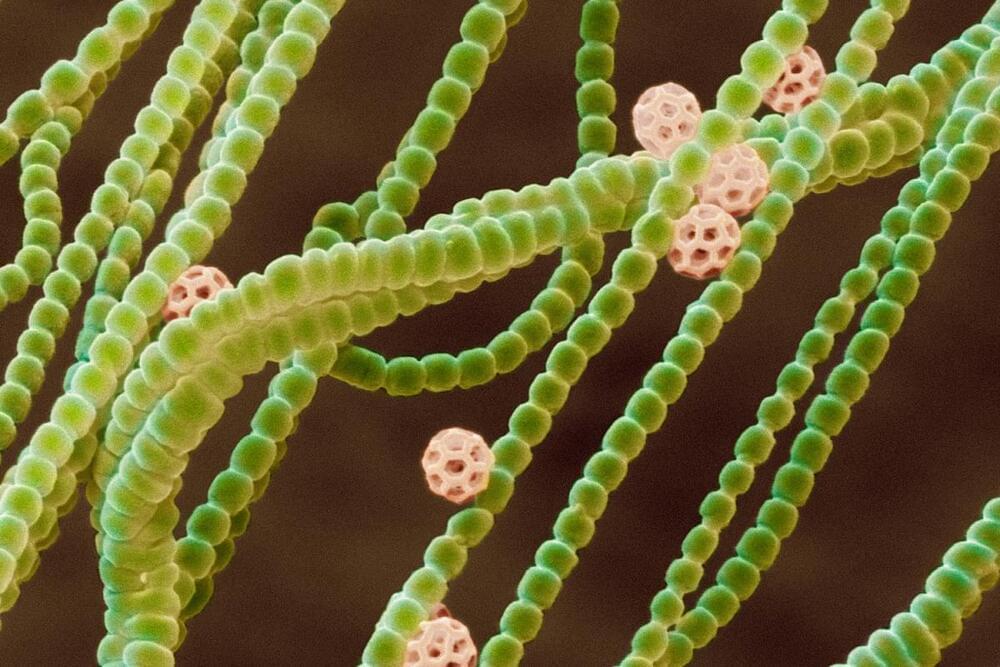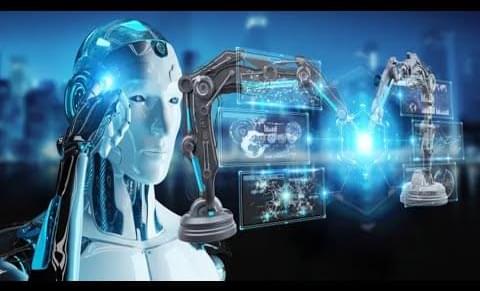
For the second time ever, SpaceX has used Starbase’s ‘Mechazilla’ tower and arms to stack a Starship upper stage on top of a Super Heavy booster.
This time around, though, SpaceX clearly learned a great deal from its second February 9th Starship stack and was able to complete the stacking process several times faster on March 15th. During the second attempt, depending on how one measures it, it took SpaceX around three and a half hours from the start of the lift to Starship fully resting on Super Heavy. With Stack #3, however, SpaceX was able to lift, translate, lower, and attach Starship to Super Heavy in just over an hour.
Oddly, SpaceX managed that feat without a claw-like device meant to grab and stabilize Super Heavy during stacking operations. For Stack #2, all three arms were fully in play. First, a pair of ‘chopsticks’ – giant arms meant to grab, lift, and even recover Starships and boosters – grabbed Ship 20, lifted it close to 100 meters (~300 ft) above the ground, rotated it over top of Super Heavy, and briefly paused. A third arm – known as the ship quick-disconnect or umbilical arm – swung in and extended its ‘claw’ to grab onto hardpoints located near the top of Super Heavy. Once the booster was secured, the ‘chopsticks’ slowly lowered Ship 20 onto Booster 4’s interstage and six clamps joined the two stages together.









